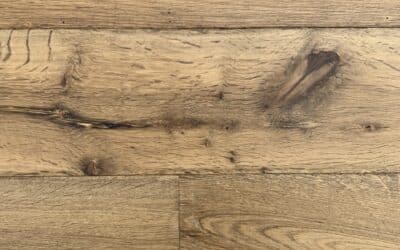Did you know that a person wearing stilettos can exert more force on a single stiletto point than an elephant? That is the amount of force that our flooring is susceptible to.
A large number of New Zealand homes have native timber floors. They are thought to be reasonably hard-wearing (although many species do often show dents from wear). In many cases this flooring needs to be extended or refurbished and the cost to do so can be a prohibitive.
An alternative option is to introduce an overlay timber flooring to the home. As such, we are often asked about the hardness of European Oak compared to New Zealand native timber floors. The Janka Hardness Test is a great way to offer a comparison between timber species.
The Janka Hardness Test is used to measure the resistance of a sample of wood, to denting and wear. The results can compare the relative hardness of different species. It is determined by pressing a small steel ball into the wood. The test measures the force required to embed the ball half way (creating an indentation that measures one square centermeter.
European oak has a relatively high rating on the Janka scale, making it a durable choice for flooring. It is not the hardest on the scale, but oak has become a popular choice due to accessibility, a desirable aesthetic, ability to forest sustainably and it is relatively easy to work with for a hard wood.
Some New Zealand native timbers, such as totara and rimu, also rank relatively high on the Janka scale, but are limited in availability for flooring. Other native timbers, such as kauri and matai, rank lower on the scale and may be less resistant to wear and tear.
The hardness test is expressed as kilograms-force (kgs), newtons (N) or pounds-force (lbf). The following shows a comparison of New Zealand Natives and other popular species expressed in lbf:
• Brazilian cherry: 2,820 lbf
• Totara: 2,040 lbf
• Jarrah: 2,020 lbf
• Maple: 1,450 lbf
• European Oak: 1,350 lbf
• Teak: 1,155 lbf
• Rimu: 1,010 lbf
• Kauri: 890 lbf
• Matai: 940 lbf
Each species has a number unique properties. The wear resistance and hardness of timber is important, but it is just one factor to consider when choosing flooring.
For more information, see below:


